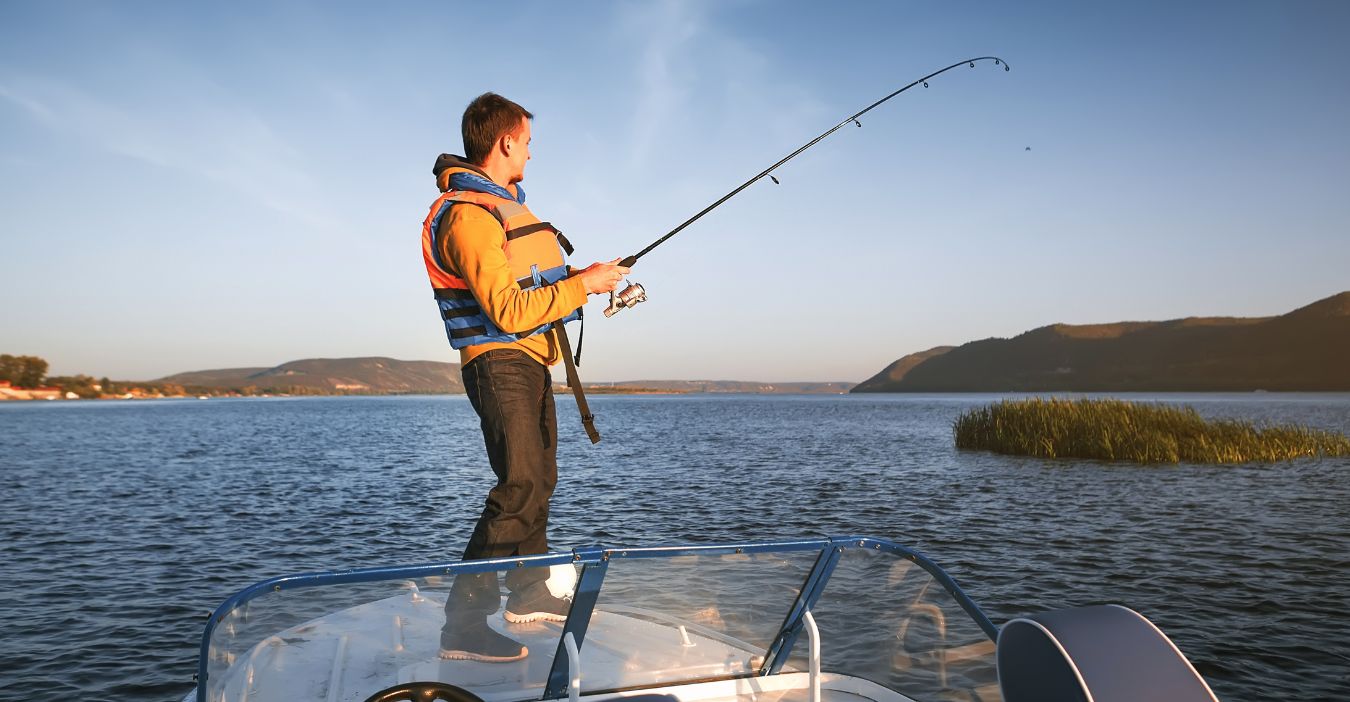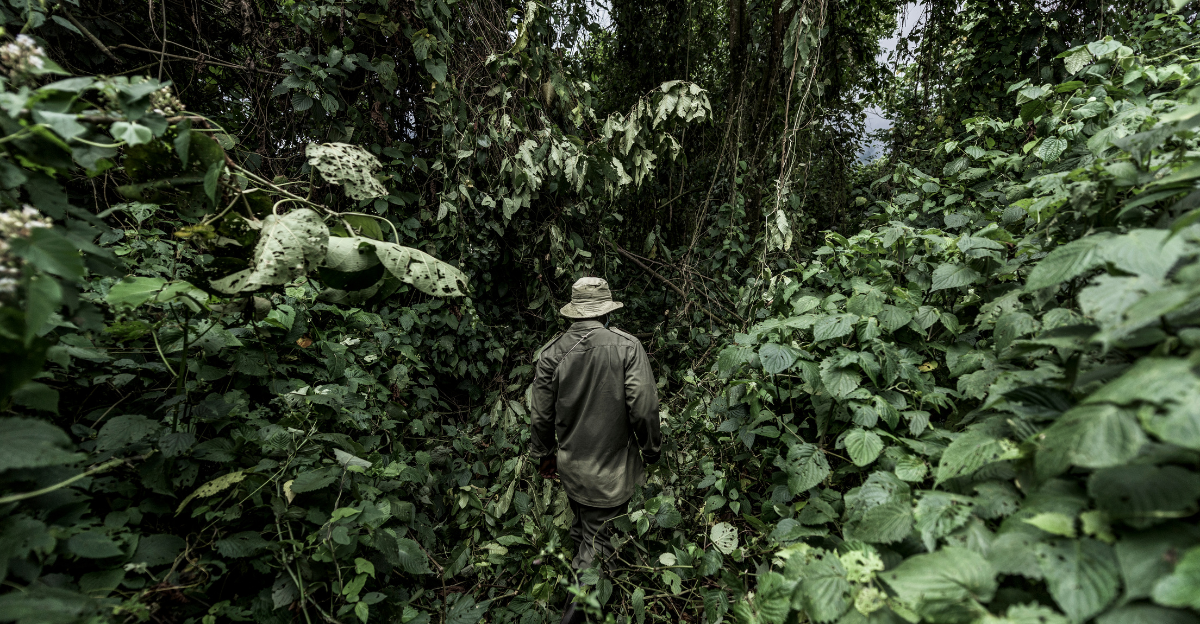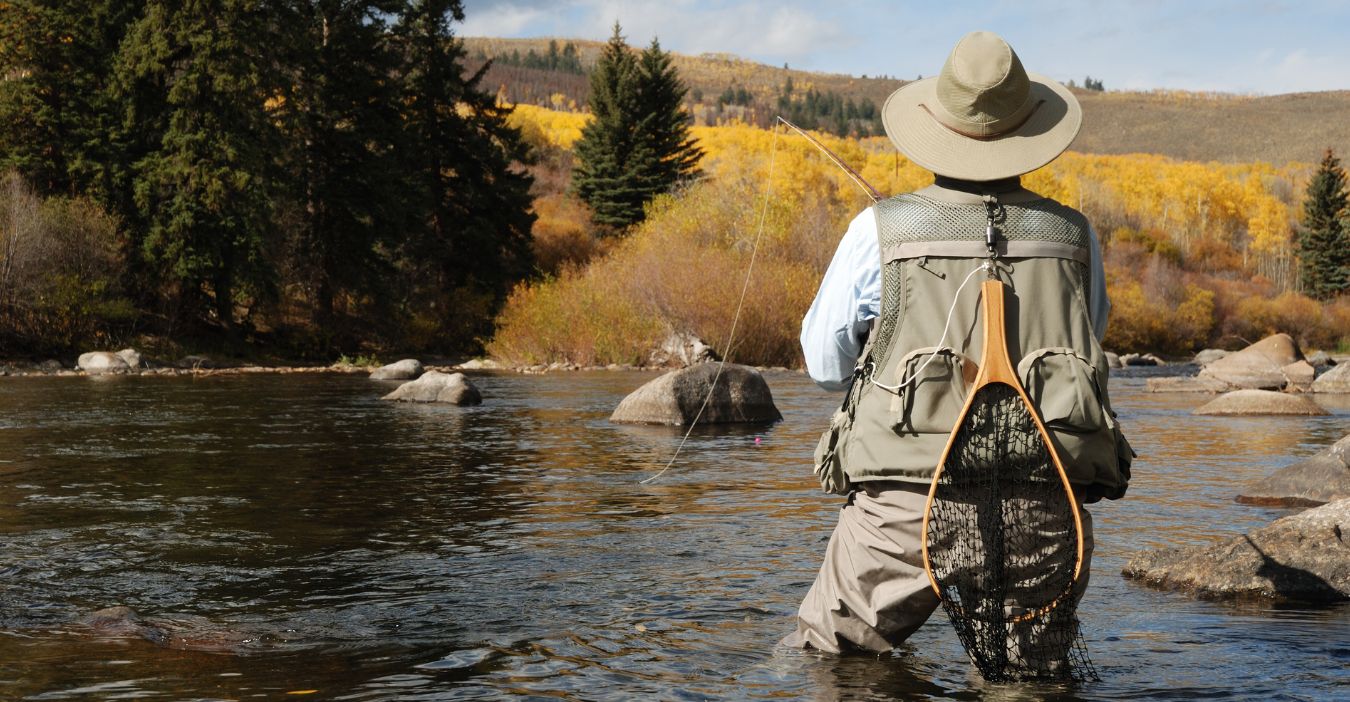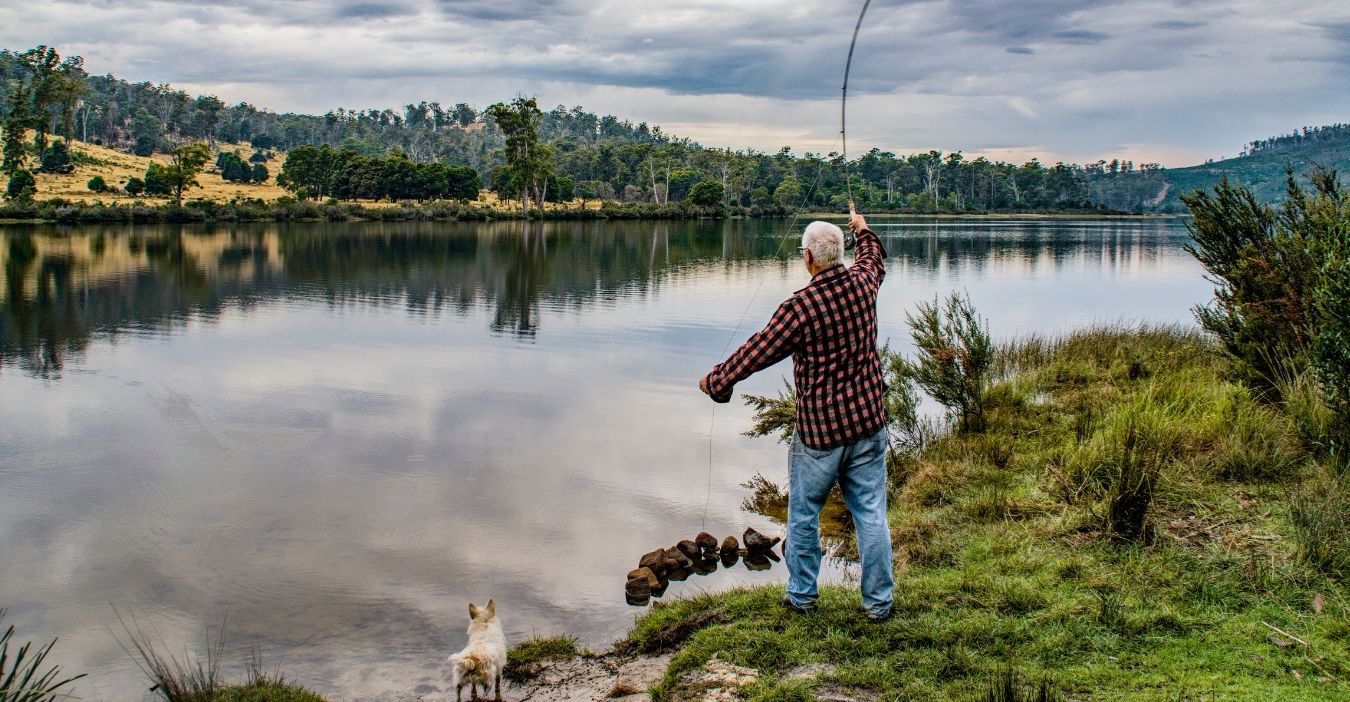
The U.S. Department of the Interior recently announced a significant expansion of hunting and fishing opportunities across public lands, specifically within the National Wildlife Refuge System and National Fish Hatchery System.
This proposal introduces 42 new hunting opportunities spanning more than 87,000 acres. It triples the number of hunting opportunities while adding to the number of stations that would either be open or expanded fivefold compared to the previous administration. The programme seeks to increase recreational access, support rural economies, and promote conservation.
Boosting Rural Economies with Outdoor Recreation

Secretary of the Interior Doug Burgum emphasized that expanding hunting and fishing access is not merely about tradition but also economic benefits for rural communities. By opening more areas for outdoor activities, the government expects to stimulate tourism, create jobs, and generate revenue for local economies.
These efforts are consistent with a comprehensive initiative to help American families who rely on natural resources, while promoting sound development and good stewardship on public lands.
Scope of the Expansion Across States

The proposed expansions would affect 16 National Wildlife Refuge System stations and one system National Fish Hatchery System station across 11 states, including Alabama, California, Idaho, Maine, Maryland, Massachusetts, Michigan, Montana, North Carolina, Texas, and Washington.
Such geographic diversity ensures broader opportunities for more hunters and sport fishermen across the country. The plan includes the first-ever hunting opening at the Southern Maryland Woodlands National Wildlife Refuge and new sport fishing at North Attleboro National Fish Hatchery in Massachusetts.
Alignment with State Regulations and Conservation Goals

The U.S. Fish and Wildlife Service(USFWS) is committed to working with the states and tribes to prevent illegal and unsafe hunting and fishing practices.
Collaboration with state partners to promote consistency in regulations related to lead ammunition and fishing tackle is crucial to minimizing environmental contamination. Efforts are being made to incorporate these measures into future updates for a balanced approach to access and conservation.
Recreational and Cultural Significance

Acting Director of the Fish and Wildlife Service Paul Souza highlighted that hunting and fishing are deeply rooted in American heritage. National wildlife refuges and fish hatcheries provide vital access to these activities, allowing Americans to enjoy the great outdoors and escape everyday life.
The USFWS states that it will manage these areas responsibly so that increased access is consistent with conservation priorities and benefits future generations.
Economic Impact of Hunting and Fishing

According to the Service’s National Survey of Fishing, Hunting, and Wildlife-Associated Recreation, hunting, fishing, and other outdoor activities generated more than $394 billion in economic expenditures in 2022.
Hunters and anglers alone accounted for over $144 billion of this spending. The survey also found that almost 40 million Americans fished and more than 14 million hunted in 2021, underscoring the significant role these activities play in the national economy and culture.
Adjustments to Hunting Practices for Safety and Sustainability

Adjustments have been made in response to requests from state authorities and tribal nations to ensure safety and preserve traditional hunting methods.
For example, Tamarac National Wildlife Refuge in Minnesota will discontinue an experimental early teal hunt that overlaps with tribal lands to protect wild rice harvesting, meet state regulations, and maintain the traditional teal season. Such measures reflect efforts to balance recreational use with cultural and environmental considerations.
Potential Wildlife Impacts and Conservation Concerns

While the expansion is intended to help outdoor recreation and local economies, there are concerns about the impact on wildlife populations. Research indicates that increased hunting can significantly reduce mammal populations near access points, sometimes by as much as 83%, and bird populations by 58%
Overhunting risks disrupting ecosystems, reducing biodiversity, and potentially harming endangered species that inhabit these refuges. Increased human activity also raises the likelihood of vehicle collisions and habitat disturbance.
Controversies and Legal Challenges

The plan to expand hunting and fishing in wildlife refuges has drawn opposition from conservation groups concerned about threats to endangered species and habitat integrity.
Legal actions have previously challenged large expansions of hunting access, citing risks to vulnerable wildlife. Recent court rulings have sought to reinstate restrictions to protect refuges specifically established for endangered species conservation. The balance between recreation and wildlife protection remains a contentious issue.
Future Outlook and Public Participation

The Department of the Interior will publish the proposal in the Federal Register for public comment, accepting feedback before finalizing the changes for the 2025-2026 hunting seasons.
This process allows stakeholders, including conservationists, hunters , and local communities, to weigh in on the expansion. The National Wildlife Refuge System, including a large number of refuges in close proximity to urban areas, remains a critical platform for wildlife conservation and outdoor recreation that needs to be carefully managed to maintain both objectives.
Explore more of our trending stories and hit Follow to keep them coming to your feed!

Don’t miss out on more stories like this! Hit the Follow button at the top of this article to stay updated with the latest news. Share your thoughts in the comments—we’d love to hear from you!







